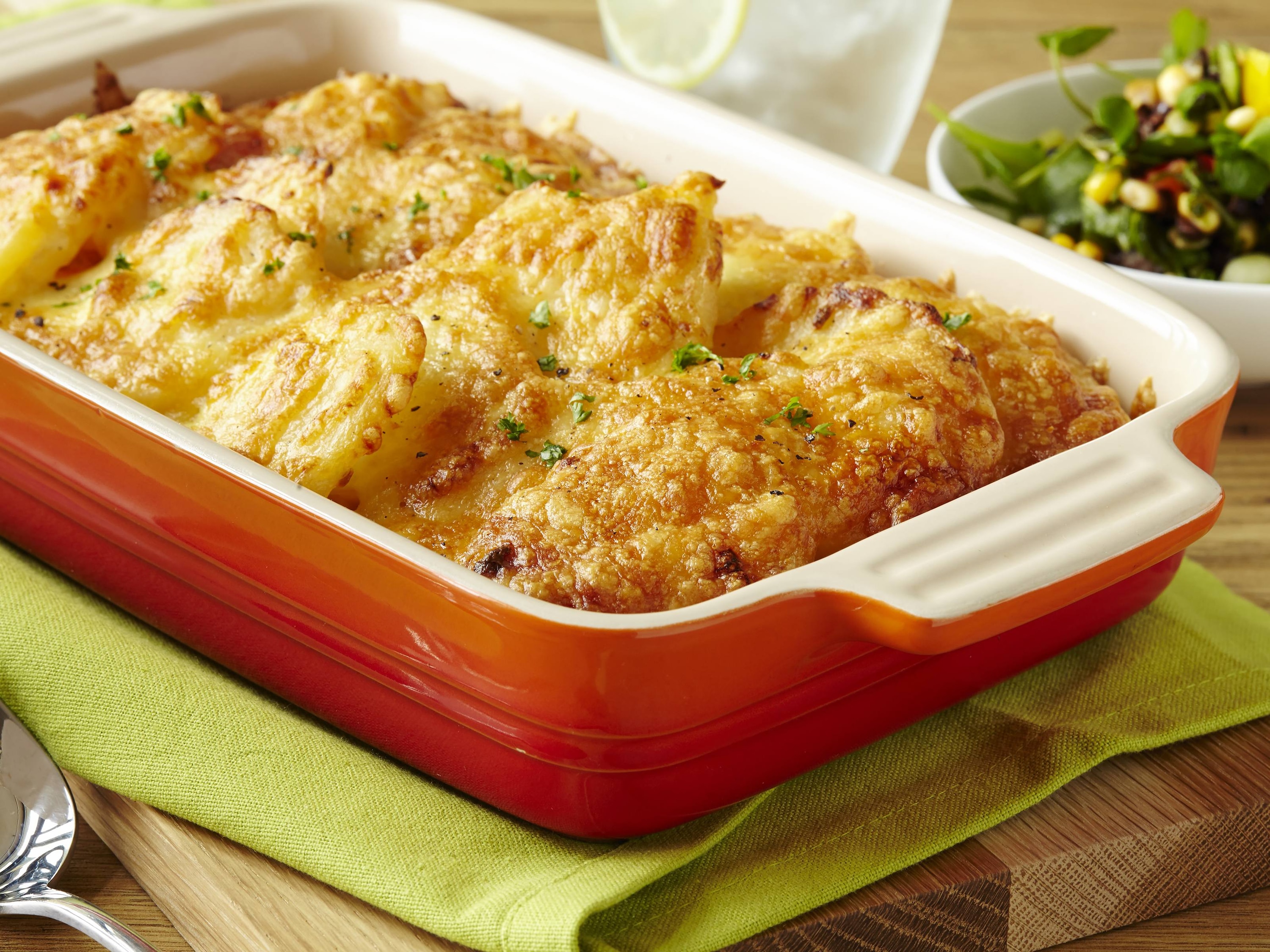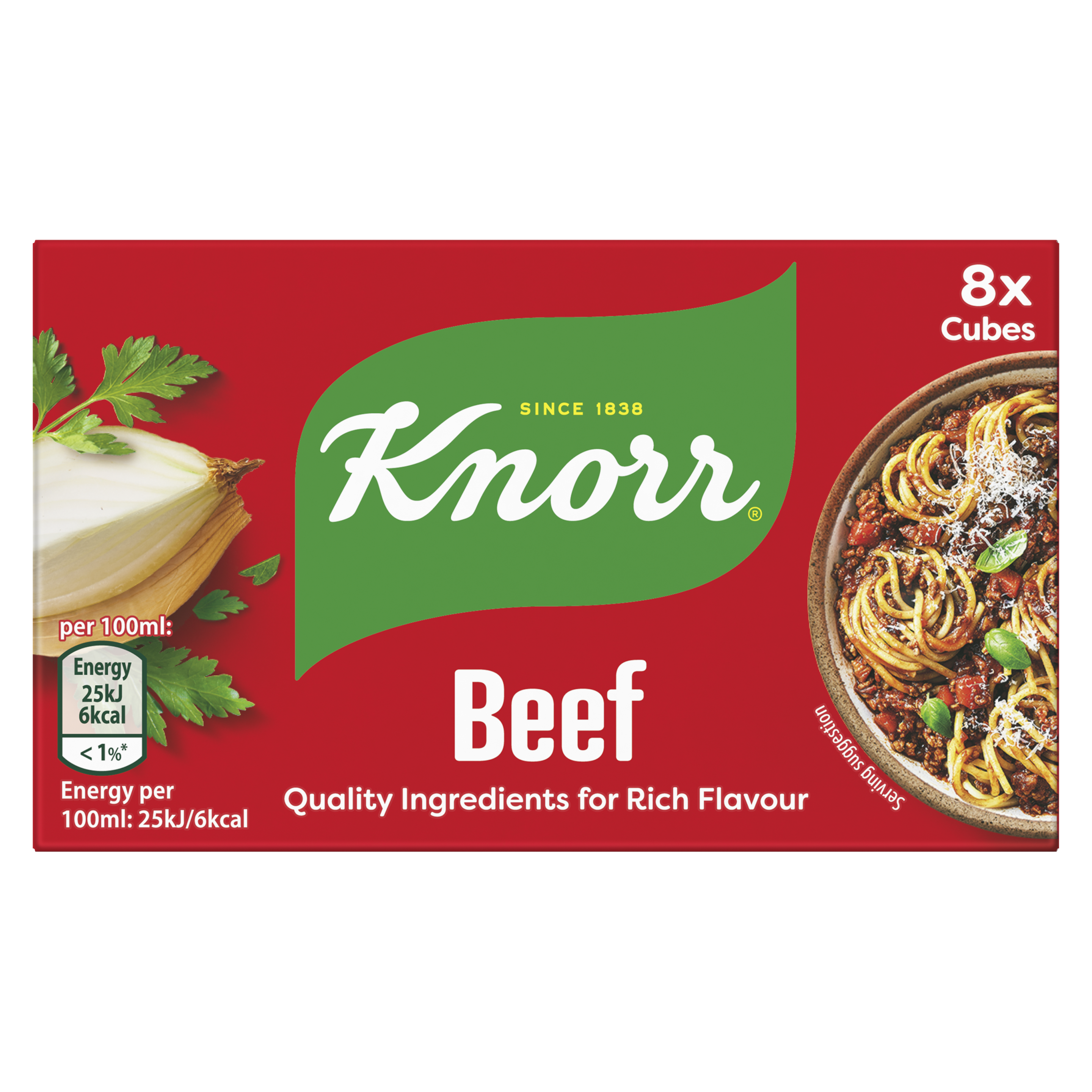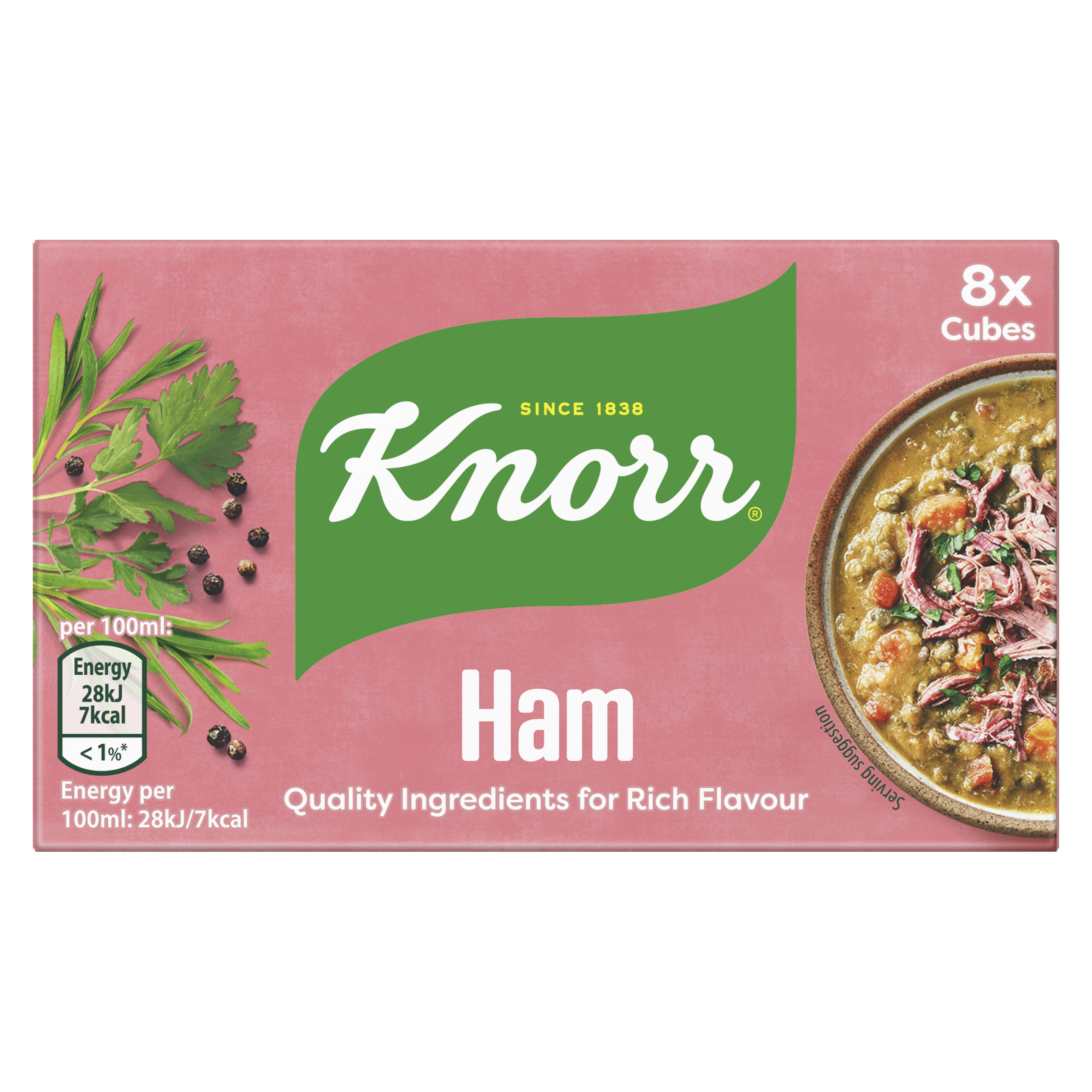Skip to:
Understanding the Stickiness: Common Causes and Solutions for Novice Cooks
Few things are as disheartening for a pasta enthusiast as ending up with pasta that’s a sticky, clumpy mess. The good thing is there’s ways you can prevent this most crushing of catastrophes from happening. Here, we’ll look into how to stop pasta from sticking.
Why Pasta Gets Sticky
You can boil down having sticky pasta to a few missteps during the cooking process. Understanding these means you’ll generally always be left with perfectly separate and delicious pasta. Here are the reasons:
Insufficient Water
Not having enough water in the pot can lead to overcrowding and inadequate cooking space for the pasta which causes it to clump together
Stirring Too Early
Stirring pasta immediately after adding it to the boiling water can break the delicate starches on the surface. This, in turn, can make it more prone to sticking.
Overcooking
Cooking pasta for too long can cause it to release more starch into the cooking water, leading to stickiness.
Undercooking
Undercooked pasta is more likely to stick together, so it's essential to cook it until it's al dente.
Lack of Salting
Forgetting to salt the cooking water can result in bland pasta that sticks together more readily.

Cooking Confidence: Foolproof Techniques for Perfect Pasta Preparation
There’s a few pointers that’ll help you when it comes to how to stop pasta from sticking. Master these and you’ll achieve pasta perfection and avoid any sticky situations in future
Boil a Generous Amount of Water
The Rule of Plenty
Always use a large pot and a generous amount of boiling water. This provides enough space for the pasta to move freely and cook evenly. Aim for at least 4-6 quarts of water per pound of pasta
Salt the Water Adequately
Seasoning Matters
Don't be shy when it comes to salting your boiling pasta water. It not only adds important flavour to your pasta but also helps to prevent it from sticking. A tablespoon of salt per gallon of water is a good rule of thumb
Stir at the Right Time
Initial Rest
After adding the pasta to the boiling water, let it rest for a minute or two before you give it that first gentle stir. This brief resting period helps prevent initial sticking.
Occasional Stirring
During the cooking process, stir the pasta occasionally using a long fork or tongs to prevent clumping. Don’t stir too vigorously, this can damage the pasta.
Cook to Al Dente
Timing Matters
There’s package instructions to guide you on how long you should cook the pasta for, but the best way to determine doneness is to taste-test a few pieces a minute or two before the recommended cooking time is up. The pasta should have a slight firmness in the centre, also known as al dente.
Reserve Pasta Water
Liquid Gold
One of the best habits you can get into is reserving a cup of the cooking water before fully draining your pasta. You can use the starchy water to help adjust the consistency of pasta sauces as well as prevent sticking when you combine the pasta with your sauce.asta.
Avoid Rinsing
Use Sparingly
Despite what you may have heard, rinsing pasta is generally unnecessary. In fact, rinsing can wash away valuable starch that helps sauces cling to pasta in that fantastic way we all know and love. If you do rinse, use cold water sparingly to stop the cooking process and remove excess starch.amage the pasta.
Mix Pasta and Sauce Mindfully
Combine and Toss
Take care when combining cooked pasta with sauce. Give them plenty of space to get to know each other so you’ll want to use a large bowl or pan. Add a bit of that reserved pasta water if needed to help the sauce coat the pasta evenly.
Finishing Touches: Draining Like a Pro and Dressing Up Your Pasta
The final steps in how to stop pasta from sticking lie in the draining and dressing. Knowing how to do these properly will keep any sticking or clumping at bay:
Draining Pasta Effectively
Timing is crucial
As soon as your pasta reaches the desired level of doneness (typically al dente), it's time to drain it. Overcooking can cause the pasta to release excess starch, leading to stickiness.
Use a colander
Place a colander or fine-mesh strainer over a large heatproof bowl or in the sink. Carefully pour the pasta and water into the colander, allowing the water to drain away while retaining the pasta.
Preserve Pasta Water
Save a cup
Remember: don’t completely drain the pasta! Pour a bit of the cooking water into a cup of and use the starchy liquid for adjusting the consistency of your sauce and preventing sticking when you combine the pasta with the sauce.
Dressing Your Pasta
Use the Pan Method
You can return your pasta to the cooking pan to dress your pasta. This’ll prevent sticking and allows the pasta to fully absorb the sauce.
Add Pasta Water
Adding a small amount of the reserved pasta water to the pan with your cooked pasta will help create a deliciously silky sauce that beautifully unites with the pasta.
Toss Gently
Add your sauce to the pasta and gently toss or stir to combine. Continue adding pasta water as needed to achieve the desired consistency. Doing this ensures that the sauce coats the pasta evenly without clumping.
Plate and Garnish
Serve Promptly
Once your pasta is well-dressed with the sauce, don’t wait much longer to serve it, to enjoy it at its best. Pasta has a tendency to absorb liquid and sauce, so serving time is of the essence.
Garnish Creatively
Take the profile of your pasta dish up a few notches by adding fresh herbs, grated cheese, a drizzle of quality olive oil, or a sprinkle of crushed red pepper flakes for extra flavour and some visual appeal.
Preserving Perfection: Storage Hacks to Keep Your Pasta Separate and Delicious
Your journey to pasta perfection doesn't end with cooking and dressing. Believe it or not, it continues on into storage – armed with these hacks you’ll know how to stop pasta from sticking even when storing it, which is just great as it means your leftovers will be just as enjoyable as the freshly cooked meal.
Immediate Storage
Act Quickly
If you do have leftovers – and let’s face it, this isn’t uncommon – don't let them sit at room temperature for too long. Pasta gets gummy when it cools and sits out, so place it in the refrigerator as soon as possible.
Proper Containers
Air-Tight Seal
Use airtight containers or resealable plastic bags to store your pasta. Removing as much air as possible from the container helps prevent moisture which helps keep stickiness at bay.
Separate Storage
Layer with Care
If it’s pasta with sauce you need to store, put the pasta in one container and the sauce in another. This will prevent the pasta from absorbing too much liquid and becoming soggy.
Use Wax Paper
Putting wax paper between layers of cooked pasta is a great way to prevent it from sticking together while in the container.
Keep It Dry
Use airtight containers
Store dried pasta, like spaghetti or penne, in airtight containers to keep it fresh and free from moisture.
With the above in mind, the next time you’re in the kitchen rustling up a spag bol or pasta primavera, you should feel rather confident that you’ll know how to stop pasta from sticking. From now on, it’s only pasta perfection you’ll be serving up.
Similar articles
A little inspiration
4 Results
-
![Butterbean Stew with Poached Egg & Soft Goats' Cheese 55 MINS recipe]()
Butterbean Stew with Poached Egg & Soft Goats Cheese
-
CookingTime35 MINS
-
Difficulty Medium
-
PreparationTime20 MINS
-
Servings 4
people
-
-
![Rich and Cheesy Salami Pizza 30 MINS recipe]()
Rich and Cheesy Salami Pizza
-
CookingTime20 MINS
-
Difficulty Easy
-
PreparationTime10 MINS
-
Servings 4
people
-












